A captivating work of fanart transports the viewer back in time to remember The Boys comics’ timeless style and authentic feel prior to the television show.
The TV version of The Boys takes several alterations with the plot and characters, as is frequently required for a television adaptation, even while it may adhere to the topic, tone, and feel of the original comic book source. The character outfits are one area where the two versions clearly diverge from one another. Furthermore, the small screen costumes have evolved into the definitive, rather than the alternate, look of the television series due to their widespread appeal and ease of accessibility.
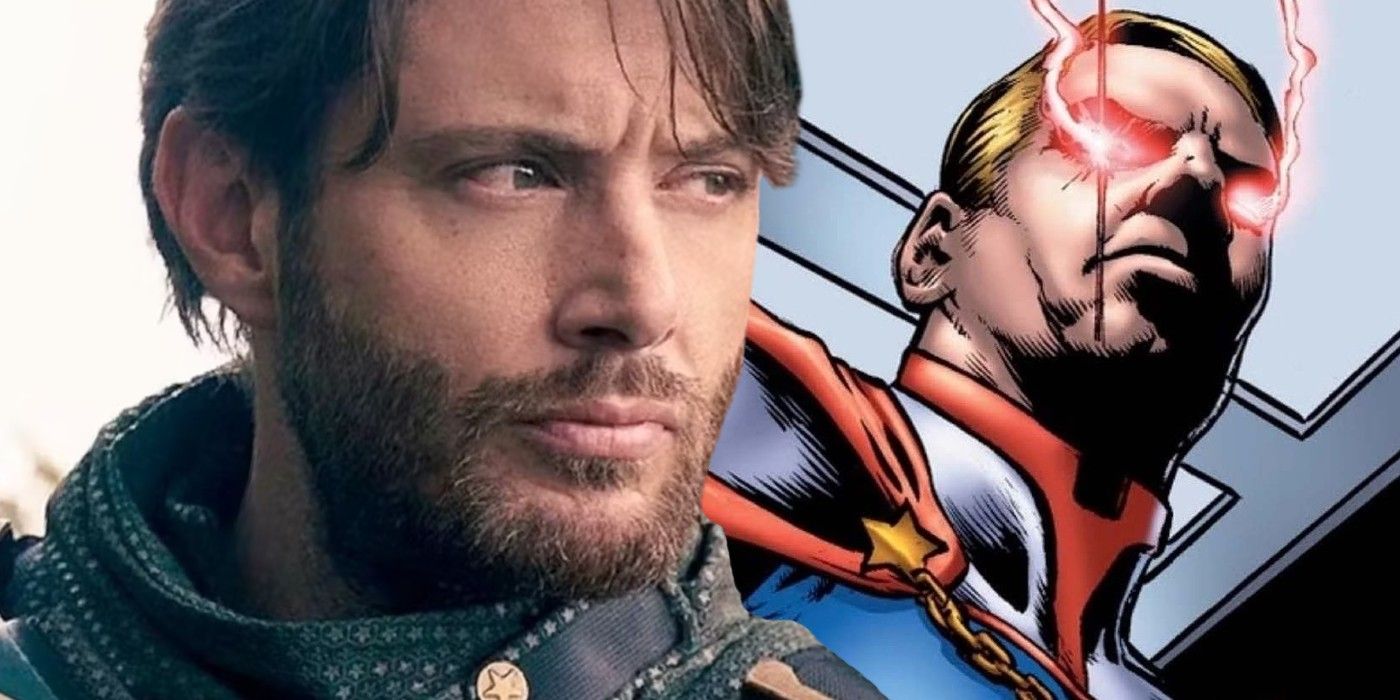
However, in a recent piece of dazzling fan art, the original comic costumes are brought back in all their “old school” glory. The fan art, which is composed of two separate “virgin variant” covers for Garth Ennis and Darick Robertson’s The Boys #1, was posted to the Instagram account of their creator, the talented cover artist @_ivantao_ (Tao).
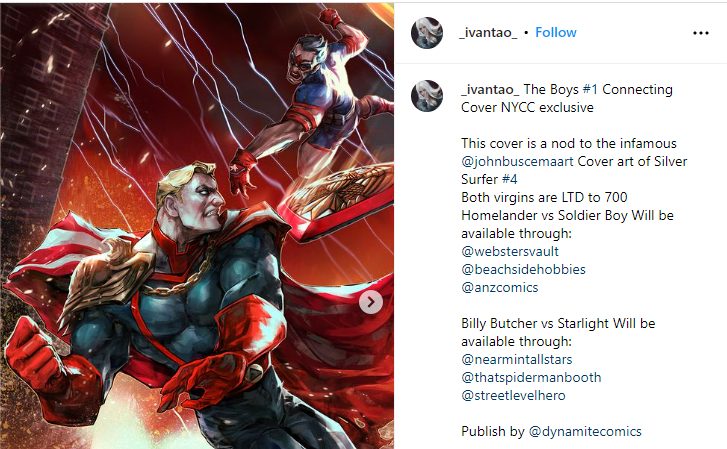
The first cover depicts Homelander facing off against Soldier Boy, while the second cover has Billy Butcher taking on Starlight. Tao arranges the characters on the pages in such a way that, if the covers were placed edge-to-edge, they’d create a connecting cover that would – shockingly – seem to make Homelander and Butcher teammates.
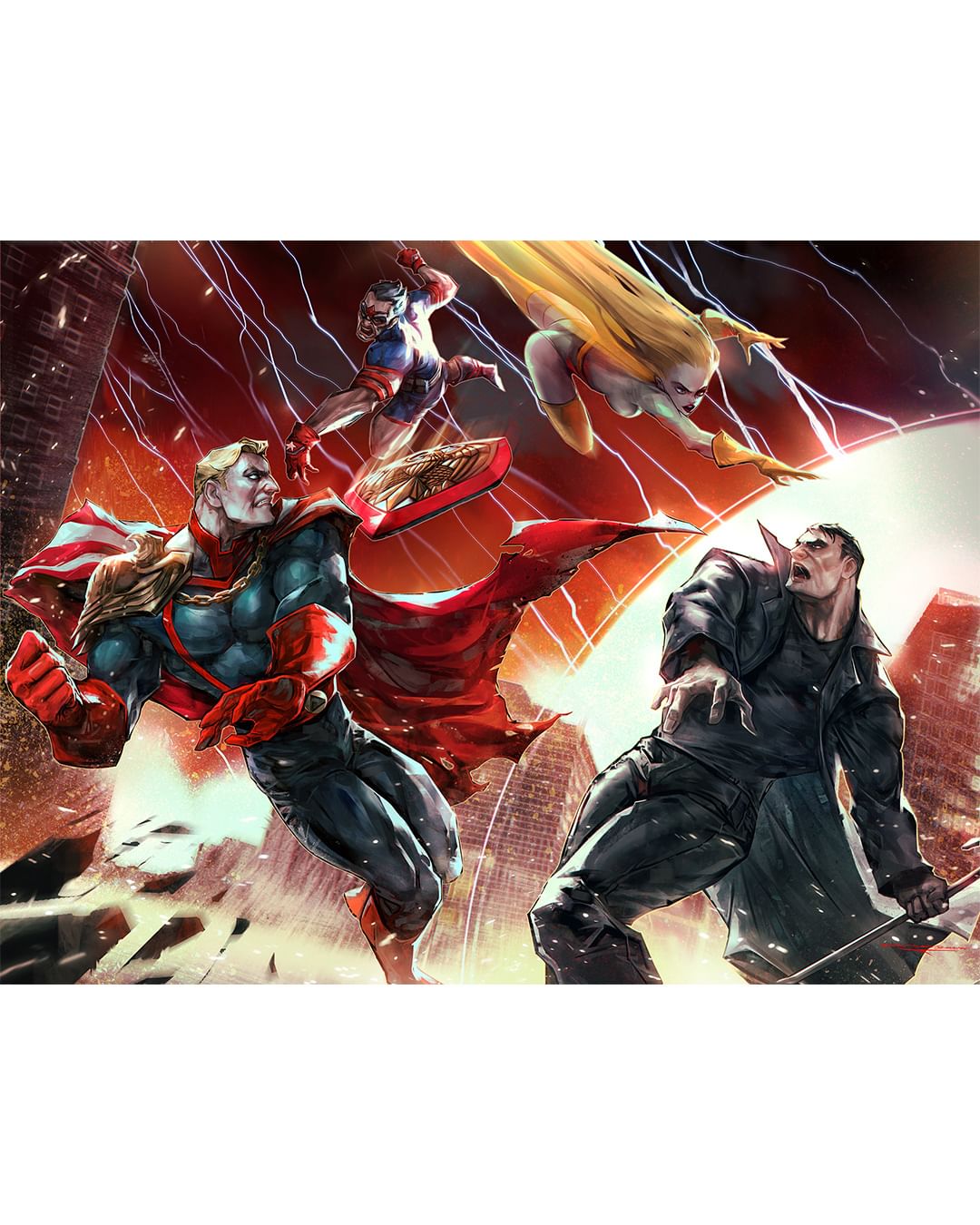
.
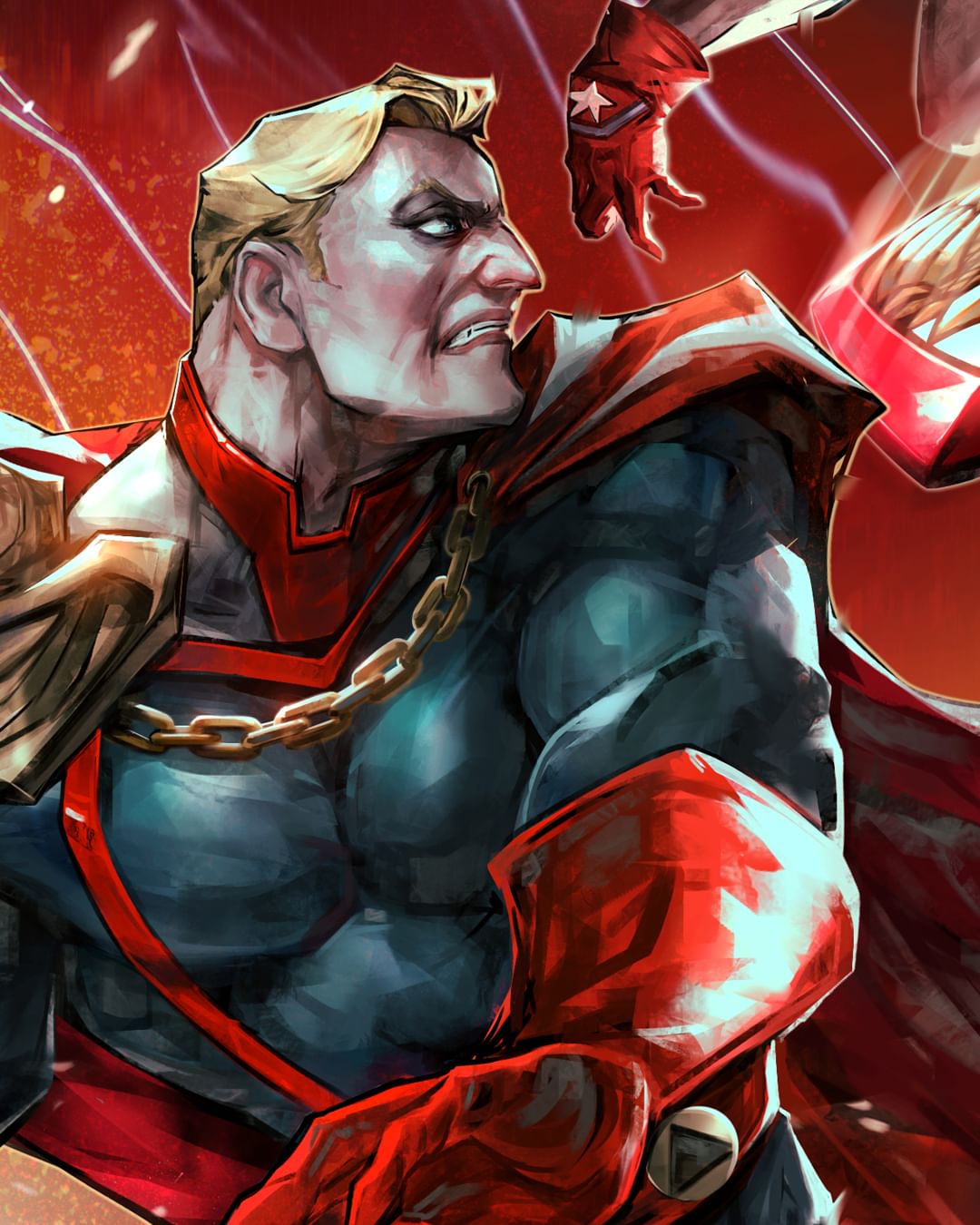
.
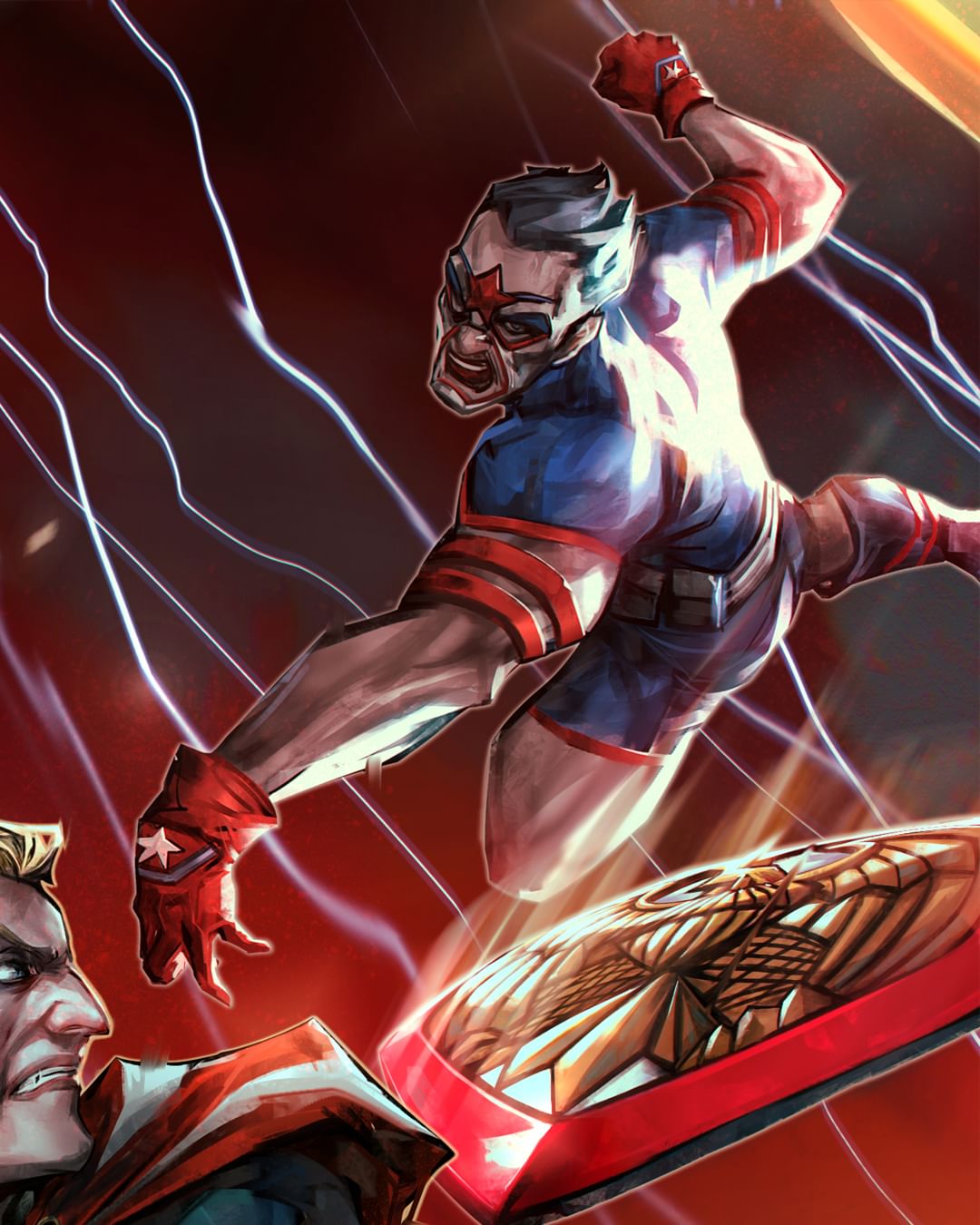
.
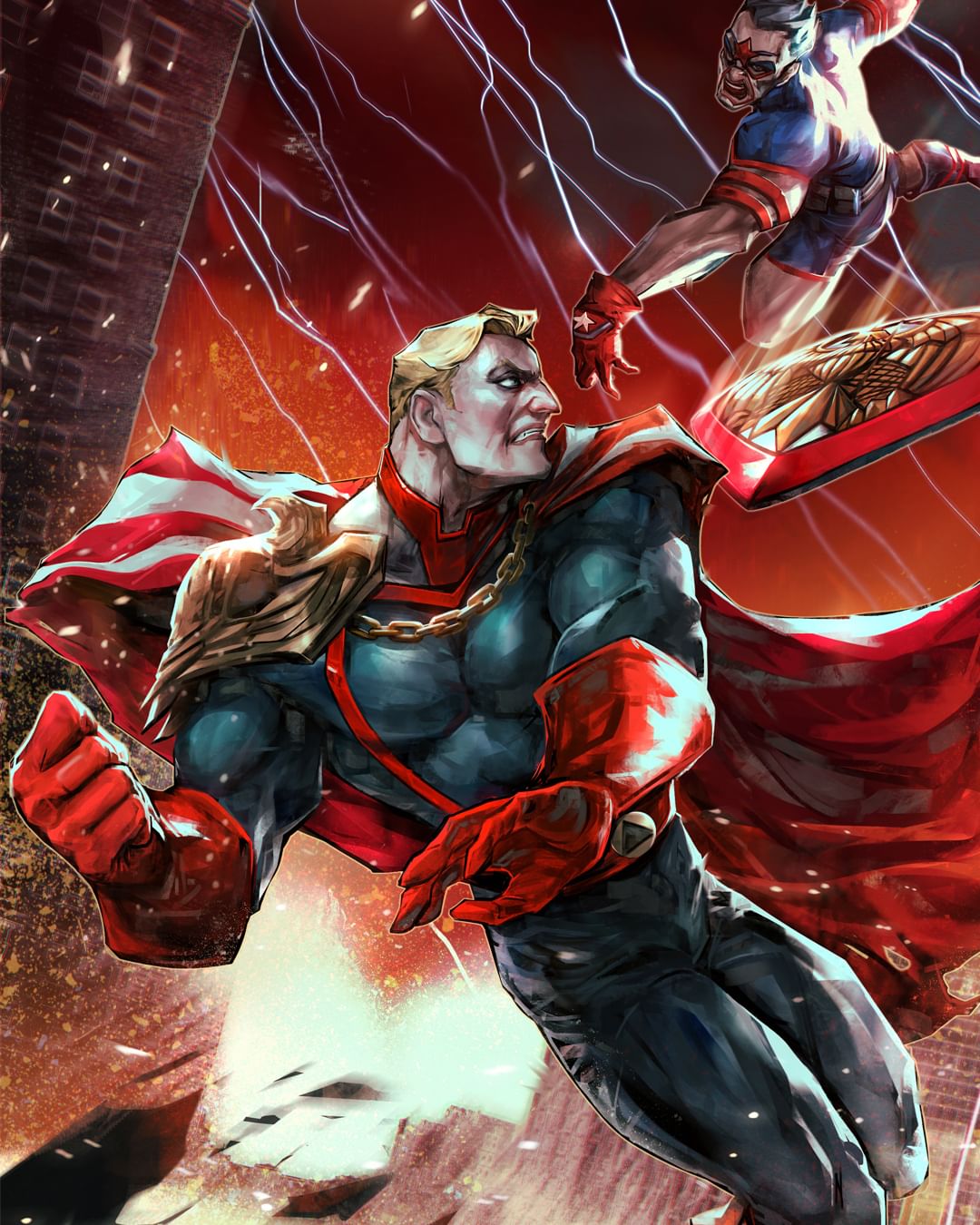
Homelander & Soldier Boy’s Costumes Show How Different They Were In The Comics
According to Tao, the covers were drawn in a style to commemorate legendary comic artist John Buscema’s cover for Silver Surfer (1968) #4. The connecting covers certainly evoke Buscema’s dynamism, sense of fluidity, character detail, and telltale facial expressionism. But perhaps the most obvious connection to Buscema is the covers’ comic book classicalism – or their return to a previous era of comic book history. In Tao’s depiction of The Boys, the emphasis is on the period before the TV series existed, when fans had to rely only on the comic book as their sole source of understanding.
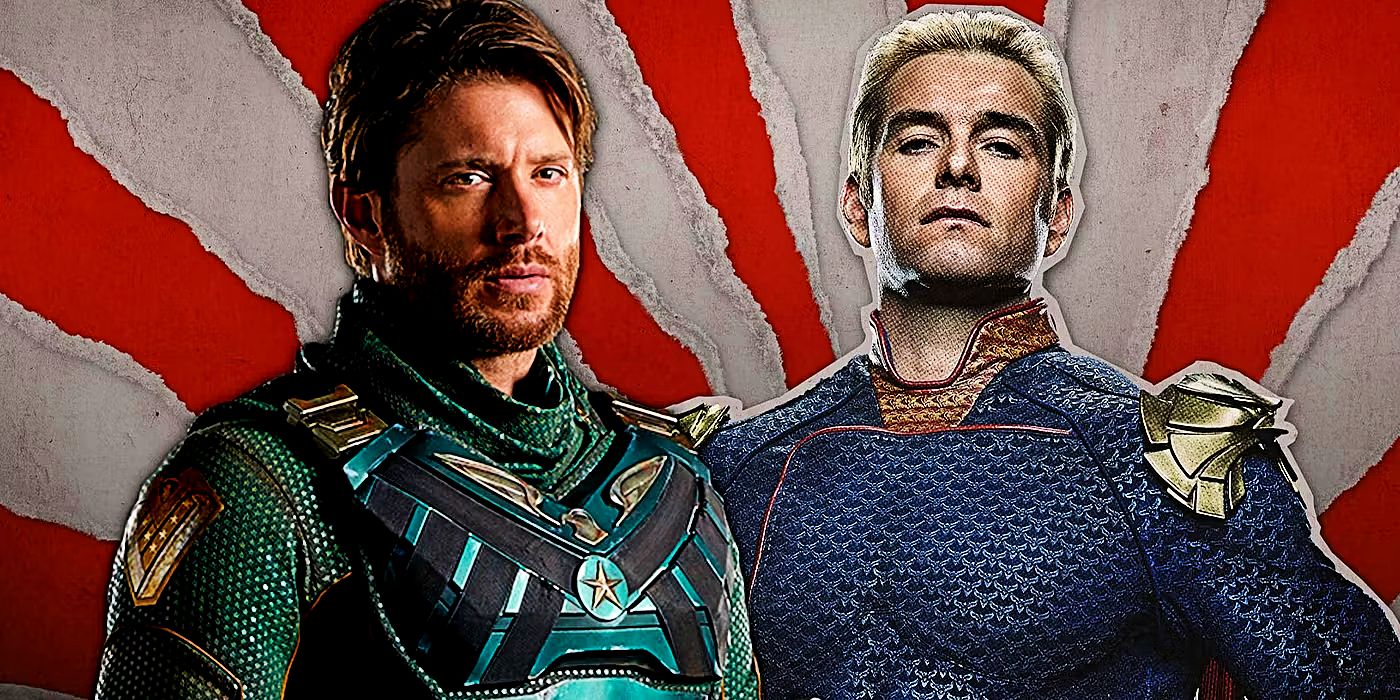
Tao’s homage to that earlier era is invoked by his choice of costumes. For the most part, he keeps Homelander’s costume unchanged from the version in the television series. But that was to be expected. Homelander is the one character costume with the least amount of change in the TV adaptation. Indeed, the only noticeable difference in the design is the size and nature of his epaulet. The real costume throwbacks in the piece are depicted by Soldier Boy.
With Soldier Boy, Tao chooses to portray the most recent iteration of the hero and leader of PayBack. This is the version of the costume that clearly reflects the creator’s satirization of Marvel’s Captain America. Interestingly, the Soldier Boy who wore that star-spangled banner version of the costume in the comic was ridiculously inept and notoriously careful to stay on Homelander’s good side. So Tao’s portrayal of him coming after Homelander in full rage is a nice use of artistic license that connects the showcasing of old-school costume pageantry with the animosity the two heroes displayed in the television series but not in the original comic book source.
Butcher Dons His Traditional Look To Take On Starlight
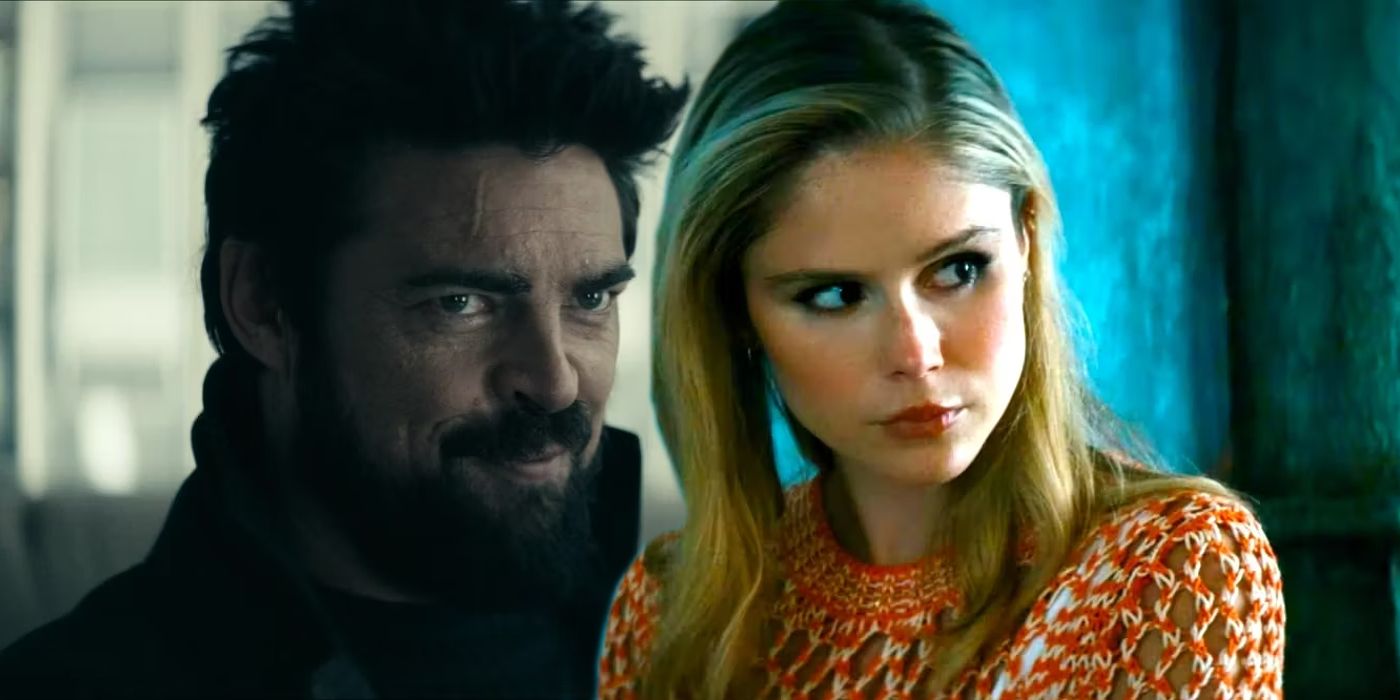
Since Starlight’s costume generally stays the same in the television adaptation as it appeared in the comic book, Tao keeps it the same in the cover piece. In the case of Butcher, however, Tao adopts his ominous all-black attire that was much more intimidating in the comics compared to the scruffy, Hawaiian-shirted, loose-booted portrayal in the TV series. While Starlight and Butcher did not like each other, they never fought it out. Tao’s piece, however, takes the conflict to its logical end, namely an all-out fight for the future of The Boys.





